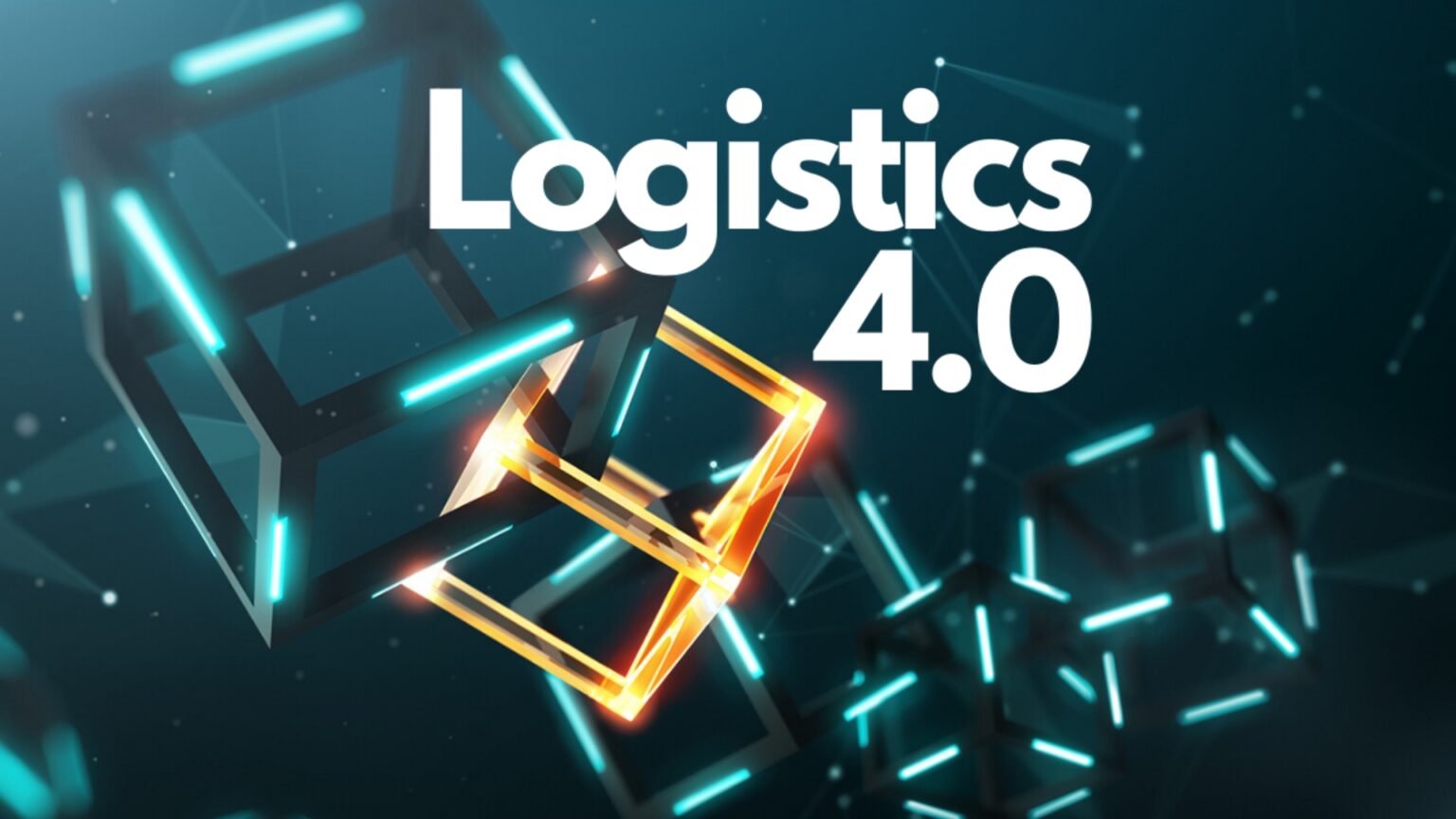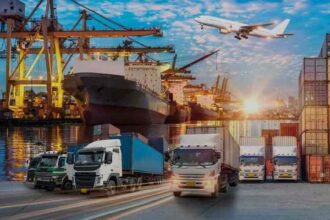Logistics 4.0 is driving a significant transformation in India’s supply chain sector. By integrating advanced technologies like Artificial Intelligence (AI), the Internet of Things (IoT), and automation, this revolution enhances efficiency and resilience. As India works to establish itself as a global logistics hub, these advancements are crucial for improving operations, reducing costs, and supporting national initiatives like Digital India and Atmanirbhar Bharat.
The Role of AI and IoT in Logistics 4.0
AI and IoT are the cornerstones of Logistics 4.0. They enable accurate demand forecasting, route optimization, and efficient inventory management. For instance, IoT offers real-time tracking, reducing delays and building customer trust. However, leveraging these tools requires organized, actionable data. Generative AI is helping bridge this gap by structuring data for predictive models.
Moreover, AI improves operational reliability. It predicts delivery times and enhances efficiency across warehouses and transportation systems. As a result, the logistics industry is becoming faster and more dependable.
Automation: A Key Driver of Logistics 4.0
Automation is transforming supply chain operations in India. Technologies like robotic process automation (RPA) and autonomous systems reduce human errors and lower costs. Automated warehouses and delivery vehicles streamline processes, ensuring quick deliveries.
This shift is especially vital as India’s e-commerce market grows rapidly. By 2026, the sector is expected to reach $200 billion, making the adoption of automation and AI even more critical.
Building Resilient Supply Chains with Digital Transformation
Digital transformation strengthens supply chains by increasing flexibility and reducing risks. Technologies like blockchain, cloud computing, and big data analytics improve transparency and decision-making. For example, blockchain ensures secure transactions, while cloud systems allow real-time data analysis.
Government initiatives, including the National Logistics Policy (NLP), are accelerating this shift. By encouraging the use of smart warehouses and ERP systems, India aims to improve its Logistics Performance Index (LPI) by 2030.
Sustainability and the Future of Logistics 4.0
Sustainability is central to Logistics 4.0. AI-powered tools optimize delivery routes, reducing emissions and fuel consumption. Additionally, electric vehicles (EVs) are gaining popularity, supported by the government’s FAME scheme. These eco-friendly solutions align with India’s goal to cut transportation-related emissions by 30% by 2030.
Sustainability not only benefits the environment but also lowers costs. Businesses are now adopting green logistics practices to meet the demand from eco-conscious customers.
Overcoming Challenges in Logistics 4.0
Despite its benefits, Logistics 4.0 faces several challenges. India’s fragmented logistics sector, dominated by small operators, makes integration difficult. Collaborative platforms and strong government policies are essential for overcoming these barriers.
Cybersecurity is another concern. As companies adopt digital tools, they become vulnerable to cyber threats. Initiatives like Cyber Surakshit Bharat aim to protect digital infrastructure. Similarly, workforce training programs like the Pradhan Mantri Kaushal Vikas Yojana (PMKVY) equip professionals with the necessary skills to embrace new technologies.
India’s Road to Becoming a Global Logistics Leader
To fully embrace Logistics 4.0, India needs a comprehensive approach. Investments in infrastructure, robust cybersecurity measures, and workforce development are key. With the right strategies, India can become a trusted, tech-enabled logistics hub, impacting global supply chains positively.
This transformation is more than a technological upgrade. It is an opportunity to strengthen India’s position in the global economy.







